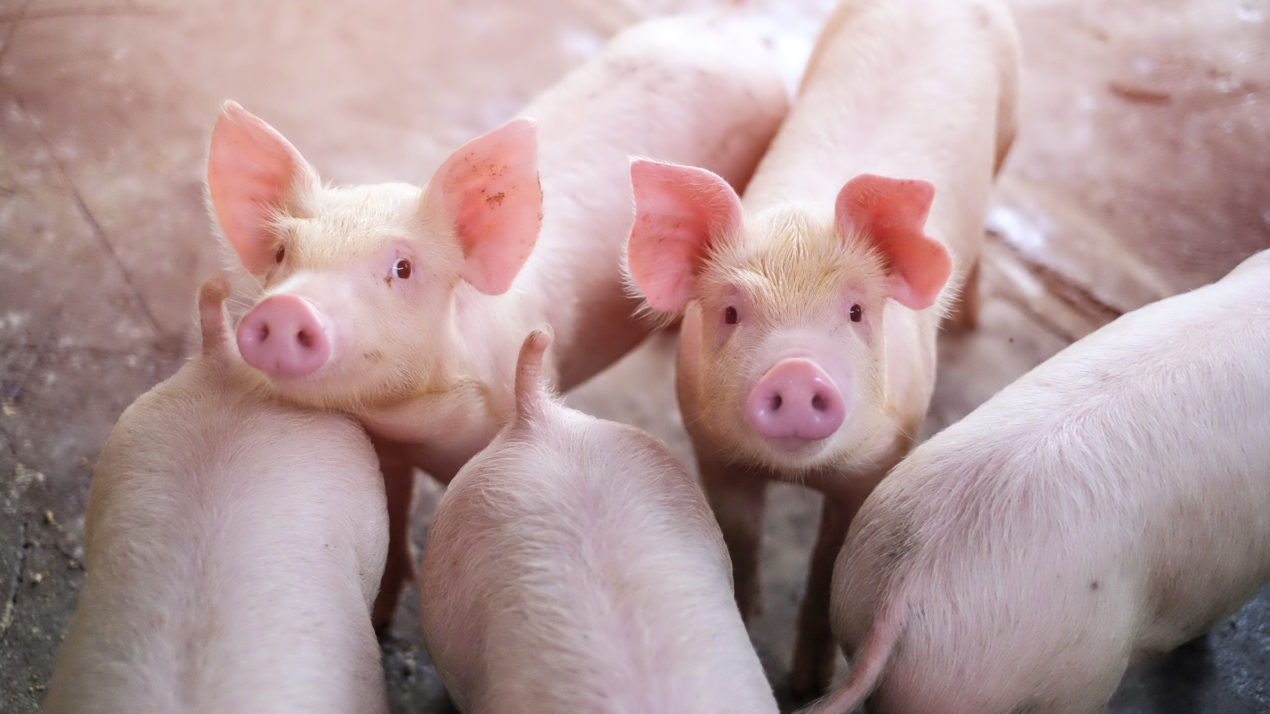
Prepared and written by Jeff Swenson. The Market Update draws information from several sources, including trade publications, radio broadcasts, agricultural news services, individuals involved in the industry as well as USDA NASS and AMS reports.
The higher cash bids for fed cattle some feeders gambled on didn’t materialize late last week. Cash cattle came in to this week steady to lower, and have given up $1.00 to $2.00/cwt since then. The USDA estimated cattle harvest last week at 651,000 head – a nice bounce after two previous holiday weeks. If the estimate is correct, it would mean a weekly harvest 1.2 percent higher than the same week in 2020. Beef cutout values have been moving higher so there is potential for cattle prices to stabilize, although demand is still a wild card. Average carcass weight for beef breed steers last week was 893 pounds, three pounds heavier than the previous week and 11 pounds heavier than a year ago. Higher corn prices tend to cause lighter cattle coming to market, so carcass weights will be worth watching in 2021.
Hog prices have struggled to find traction. The topic of capacity is still discussed at length, but last week’s estimated harvest of 2.849 million head is 5.7 percent higher than the same week a year ago. That would put last week’s pork production at 621 million pounds – the highest weekly total since early 2005. Demand has been key given the complications COVID 19 has brought to the pork sector. Hog weights have been increasing, averaging 293.1 pounds last week compared to 291.6 the week before and 288.3 pounds the comparable week in 2020.
The USDA released a group of reports last week that fueled grain futures markets higher. The latest Crop Production report for the 2020 growing year adjusted the national corn yield down 3.8 bushels per acre. First quarter stock estimates came in 651 million bushels below trade estimates. The largest yield decreases came in Iowa, Minnesota, and Illinois. Yields were impacted by the Derecho and dry weather. Wisconsin’s estimated corn yield was revised to 174 bushels per acre, 10 bushels lower than the November 1 estimate. Higher priced corn and current low oil prices based on lessened demand will discourage ethanol production. The reports indicate that soybean stocks will be tight, and usage will be rationed with higher prices.
Beef exports in November had their best month since July 2019 with 115,337 million metric tons heading to foreign buyers. January-November exports accounted for 13.3% of total US beef production. Beef export value averaged $338.43 per head of fed cattle harvested in November. November pork export volume was steady year-over-year at 258,801 million metric tons. January-November results set new annual records for both volume (up 14% from the previous year’s pace) and value (up 13%). Pork export value equated to $63.33 per head in November.
The US lost 140,000 jobs in December. Analysts hadn’t anticipated a decrease in jobs and instead predicted a small growth in the job market. This is the first decline since April of 2020. The economy has lost 10 million jobs in 2020. The red meat sector is expecting head winds during the first half of 2021 given higher feed costs, low food service activity and consumers out of work. Current expectations are that the second half of the year will bring meat demand at closer to traditional levels, especially from the food service area.
High yielding Choice beef breed steers and heifers at Wisconsin and surrounding state auction markets were $1.00 to $2.00/cwt lower, bringing $102.00 to $107.00/cwt. High-yielding cattle were up to $110.50. Choice and Prime Holstein steers were mostly steady at $88.00 to $94.00/cwt. There were exceptional groups of Holstein steers bringing $96.00/cwt. Cows were mostly steady at $38.00 to $51.00/cwt. Blemish free cows in fleshier condition were selling from $50.00 to $58.00/cwt while doubtful health and thin cows sold below $30.00/cwt. Dairy breed bull calves were mostly steady at $45.00 to $150.00/head with a few selling higher. Market lambs were lightly tested with one market reporting new crop lambs weighing 110 to 140 pounds bringing $155.00 to $230.00/cwt. Old crop lambs at the same market were quoted at $120.00 to $158.00/cwt. Markets are reporting the best feeder cattle demand is for lightweight calves that can be run on grass until fall. Heavier beef and dairy steers are lower based on increasing grain prices.

